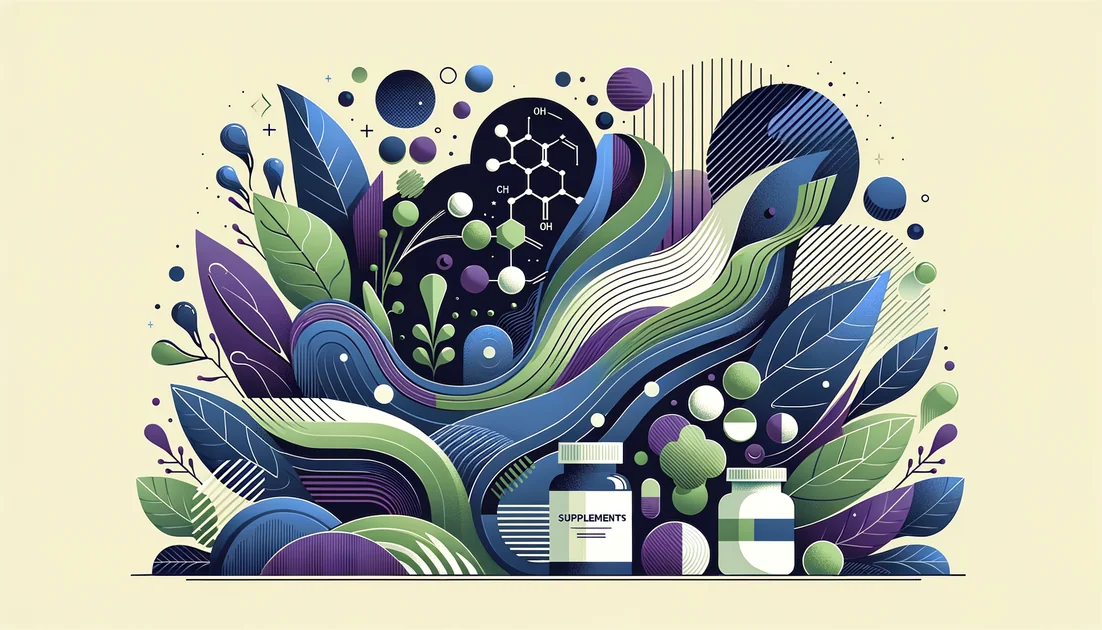
Whey Protein vs Plant Protein
Pick whey if you want the most leucine and lean-mass support per scoop and you tolerate dairy; pick plant protein if you're vegan/dairy-sensitive—just use a blend or slightly larger dose to match leucine.
Both build muscle and aid recovery; when protein and leucine are matched, outcomes are often similar. Whey has higher DIAAS and leucine density (fewer scoops for the same anabolic signal), while plant options excel for vegan/dairy-free needs and can achieve comparable results with blends or higher doses. Choose certified products to reduce contaminant risk and tailor by tolerance and diet.^[1][2][3][6][7][8][10][11][12]
The Comparison
Standardization: Typically 70–80% protein (concentrate), ≥90% (isolate), variable for hydrolysate; leucine ~10–12% of protein; DIAAS ~1.0–1.25 depending on form.
Dosage: 20–40 g/serving, targeting ~2–3 g leucine; 1.4–2.0 g/kg/day total protein for active people.
Benefits
- •Highest-quality amino acid profile and fast digestion
- •More leucine per scoop to reach MPS threshold easily
- •Extensive clinical evidence for strength/lean mass support
Drawbacks
- •Contains dairy; lactose varies by form
- •Not suitable for milk allergy
- •Some concentrates include more carbs/fat
Safety:WPI typically ~0.5–1.0% lactose; concentrates (e.g., WPC80) ~4–8% lactose. Choose third-party certified products to minimize contaminant risk.
Standardization: Commonly pea, soy, rice; often blended to complement amino acids. DIAAS generally lower than dairy (e.g., pea isolate ~0.82; soy isolate ~0.90).
Dosage: 25–45 g/serving (higher end may be needed to match whey's leucine); 1.4–2.0 g/kg/day total protein for active people.
Benefits
- •Dairy-free/vegan; usually lactose-free
- •Can match outcomes if total protein/leucine are equated
- •Often higher in iron; blends improve amino profile
Drawbacks
- •Lower leucine and DIAAS per gram—may need larger dose
- •Some powders report higher heavy-metal findings (brand-dependent)
- •Soy or legume sensitivities for some users
Safety:Prefer brands with rigorous third-party testing (NSF Certified for Sport/Informed) to mitigate contaminant variability; consider blends or added leucine to reach targets.
Head-to-Head Analysis
Efficacy for muscle/strength Critical
Winner:Whey protein (concentrate/isolate/hydrolysate)• Importance: high
Leucine density and per-serving dose Critical
Winner:Whey protein (concentrate/isolate/hydrolysate)• Importance: high
Digestibility/bioavailability (DIAAS/PDCAAS)
Winner:Whey protein (concentrate/isolate/hydrolysate)• Importance: medium
Onset/time-to-effect (post-exercise MPS)
Winner:Whey protein (concentrate/isolate/hydrolysate)• Importance: medium
Tolerability for lactose/dairy avoidance Critical
Winner:Plant protein (pea/soy/rice blends)• Importance: high
Plant proteins are dairy-free; whey isolate has minimal lactose but still milk-derived and unsuitable for milk allergy.^[10]
Safety/contaminants and label assurance Critical
Winner:Tie• Importance: high
Cost/value per effective dose
Winner:Whey protein (concentrate/isolate/hydrolysate)• Importance: medium
Dietary fit and versatility
Winner:Plant protein (pea/soy/rice blends)• Importance: medium
Common Questions
How much protein should I take per serving?
20–40 g of a high-quality protein with ~0.7–3.0 g leucine per serving, spaced every 3–4 hours, fits most active people.^[1][11]
Can plant protein really build muscle as well as whey?
Yes—if your total protein/leucine intake is matched (often needing larger servings or blends). Meta-analyses/RCTs show similar strength and comparable lean-mass changes in many contexts.^[2][5]
Is whey isolate lactose-free?
Not entirely, but typically ~0.5–1.0% lactose (often tolerated). Concentrates can have ~4–8%. Milk allergy still requires avoiding whey.^[10]
Which Should You Choose?
Maximizing muscle gain with minimal powder/scoops
Vegan or dairy-free lifestyle, or milk allergy
Lactose intolerance with mild symptoms
Choose: Either option
Whey isolate is ~0.5–1.0% lactose and may be tolerated; plant proteins avoid lactose entirely—choose based on tolerance.^[10]
Cutting/weight management with high protein targets
Choose:Whey protein (concentrate/isolate/hydrolysate)
Whey's higher quality per calorie helps meet per-meal leucine with fewer calories and grams; evidence supports higher protein intakes for composition during energy deficit.^[1]
You might also like
Explore more of our evidence-led investigations, comparisons, and guides across every article style.

Country Life Vitamins (Country Life, LLC)
Country Life's Pattern: Early gluten-free leader with strong GMPs—but a modest R&D footprint and room to grow on transparency

Seed Oils (canola, soybean, sunflower; high-oleic variants) vs Animal Fats (ghee/clarified butter, beef tallow)
For overall health, pick seed oils—prefer high-oleic (or olive/avocado)—for most day-to-day cooking; they support better cardiometabolic risk profiles. Use ghee or tallow mainly for flavor or occasional very-high-heat tasks, and keep portions modest to limit saturated fat. [1][2][3][12][19]

Best for ADHD (Adults)
Micronutrients (broad formula): 2–8 weeks, best evidence in adults [2]

Digestive Enzymes
You're at a chili cook-off, sizing up the bean-heavy champions, when a friend slips you a tiny tablet: "Take this first." It's an enzyme—an invisible work crew you swallow—promised to tame the gas that inevitably follows. How did we get from 19th-century labs to a pre-bean ritual at your table?

Protected Brain Fuel: Prevent The Damage
Protective + dual-pathway combo with promising but not definitive synergy; best for lowering inflammation/oxidative stress markers, not proven to outperform omega-3 alone on hard outcomes.

Tocotrienols
The stealthier cousins of vitamin E—built with springy tails that move differently in cell membranes and behave differently in your body.


